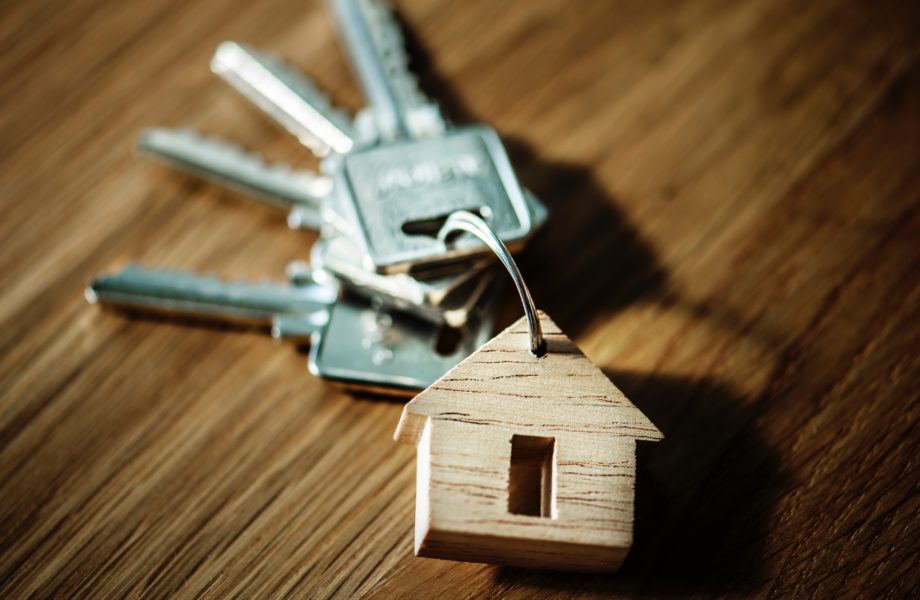
PERSONAL
The most important thing to remember when it comes to Householders and Houseowners insurance, is that everything must be insured for replacement value and not market or current value, as then the dreaded word “average” could apply and you are guaranteed to have a very unhappy client.
Many lessons have been learnt following the devastating Knysna fires that occurred in 2017, regarding house contents and buildings being under insured and subsequently average applying, reducing the claims significantly. An example of how under insurance is applied:-
Insured for: R50 000
Replacement value: R100 000
Claim: R10 000
Claim settled as follows: (R50 000 x R10 000) / R100 000 = R5 000 (you will be liable for other R5 000)
HOUSEHOLDERS INSURANCE
More commonly referred to as house contents insurance, this insurance includes every movable item in your house. If you were to turn your house upside down and shake it, it would be every item that would fall to the ground. All items must be insured for replacement value and not the value that you paid for say your fridge 20 years ago. Your rate for household contents which includes theft is generally not much more than the fire rate, so it is always worth insuring at the correct value. Another important point to remember is that should you have jewellery included in your house contents sum insured, you must have valuation certificates not older than two years, in order to verify the value and items in the event of a claim. These evaluations should be kept away from the house at say your place of work. With regards to other high value items such as electronic goods, it is always useful to have the purchase receipts, instruction manuals or photos stored safely away.
HOUSEOWNERS INSURANCE
More commonly known as your building insurance, this must include everything that has been built on your initial bare plot, including the fence or boundary wall, swimming pool, tennis court, any paving and driveway. The house must also be insured for the correct replacement value and not what it cost to build say 20 years ago. Just because the house is no longer in an upmarket area and the market price has reduced substantially, the cost to rebuild the house will still have increased due to inflation.
Another important point is that an additional 10% must be added to the replacement value of the house which includes the professional fees for an architect and engineer.
PERSONAL MOTOR INSURANCE
Motor vehicles under the motor section of a personal lines policy, refers to the following types of vehicles: Cars, 4x4s, LDVs, SUVs, motorcycles, caravans and trailers that belong to the insured up to a total mass of 3500kgs.
Depending on the cover chosen, this type of insurance covers the vehicles against certain perils or unforeseen events, which include theft and hi-jacking, accidental damage, intentional damage and acts of nature eg. hail and fire. If the insured driver causes damage to a 3 rd party vehicle, or causes injury or death to a 3 rd party person, then this will be covered under the 3 rd party liability of the vehicle.
The insured also has an option to choose the following cover, based on the insured’s risk requirements.
The different types of cover that are offered are as follows:
COMPREHENSIVE COVER: This covers liability to other parties, accidental damage to own vehicle, theft and hi-jack, intentional damage (caused by others), fire, explosion, lightning and acts of nature.
THIRD PARTY FIRE AND THEFT (LIMITED COVER): This covers liability to other parties (3 rd party cover), theft and hi-jack, fire, explosion and lightning.
LIABILTY TO OTHER PARTIES (3RD PARTY ONLY): This covers 3 rd party damage only.
What is also important to establish, is for what purpose the vehicle is being used for. This is important as the usage influences the probability of an incident occurring and this in turn will influence the premium based on this risk.
The various categories of usage are:
- Private use
- Business use
- Professional use
The insured also needs to disclose to the insurer his/her risk address and the area where the vehicle will be parked at night. This is important so the insurer may ascertain the risk profile of the insured. For example a vehicle parked in a locked garage at night is more secure than a vehicle parked in the street.
There are also certain geographical areas that have statistically more theft than others and hence the fact this needs to be disclosed to the insurer.